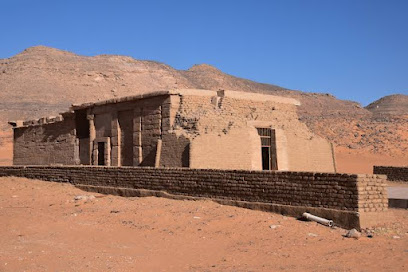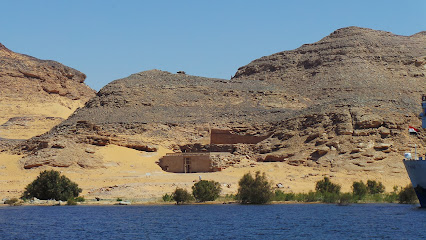
The Majestic Abu Simbel Temples: A Marvel of Ancient Engineering
Discover the grandeur of the Abu Simbel Temples, a UNESCO World Heritage site and a pinnacle of ancient Egyptian architecture and artistry.
The Abu Simbel Temples, a UNESCO World Heritage site, stand as a testament to ancient Egyptian engineering and artistry. Carved into solid rock, these magnificent structures were commissioned by Pharaoh Ramses II and are renowned for their monumental statues and intricate hieroglyphics, attracting thousands of visitors each year. Located in the picturesque Aswan Governorate, these temples provide a glimpse into Egypt's rich history and architectural prowess, making it a must-visit for tourists seeking to explore the wonders of the ancient world.
A brief summary to Abu Simbel Temples
- Abu Simbel, Aswan Governorate, EG
- +20222617304
- Visit website
- Monday 5 am-6 pm
- Tuesday 5 am-6 pm
- Wednesday 5 am-6 pm
- Thursday 5 am-6 pm
- Friday 5 am-6 pm
- Saturday 5 am-6 pm
- Sunday 5 am-6 pm
Local tips
- Visit early in the morning or late afternoon to avoid crowds and enjoy cooler temperatures.
- Consider joining a guided tour to gain deeper insights into the history and significance of the temples.
- Don't forget your camera; the intricate details and monumental structures make for stunning photographs.
- Be prepared for security checks, as the site is highly protected and a popular tourist destination.
- Stay hydrated and wear comfortable shoes, as you will be walking and exploring the site extensively.
Getting There
-
Bus
From Sohag, head to the main bus station located in the city center. Look for buses heading to Aswan, as Abu Simbel is located further south. The journey to Aswan typically takes around 3-4 hours. Once you arrive at Aswan's bus station, you will need to take a local bus or a shared taxi to Abu Simbel. The shared taxis usually leave from the main taxi station in Aswan. Make sure to confirm with the driver that they are going to Abu Simbel, which is approximately 3 hours away from Aswan.
-
Train
Begin your journey at the Sohag Train Station. Board a train heading towards Aswan. Once you arrive at Aswan Train Station, exit and head to the nearby bus station to catch a bus or shared taxi to Abu Simbel. Ensure that the transport you choose is going directly to Abu Simbel, which is a 3-hour ride from Aswan.
-
Tour Group
Another option is to join a tour group that organizes trips to Abu Simbel from Sohag. You can find these tour groups at local travel agencies in Sohag. They will provide transportation and a guided experience, making it a convenient and informative way to visit the temples. Ensure you book in advance, as these tours can fill up quickly, especially during peak tourist seasons.
Discover more about Abu Simbel Temples
Unmissable attractions to see
Temple of Nefertari
0.1 km
Discover the Temple of Nefertari, a breathtaking historical landmark in Abu Simbel, showcasing ancient Egyptian artistry and the legacy of Queen Nefertari.

Lake Nubia
52.5 km
Experience the serene beauty of Lake Nubia in Sudan, a perfect blend of natural tranquility and rich cultural heritage for travelers.

Lake Nasser
73.8 km
Discover the beauty and adventure of Lake Nasser – a vast man-made lake surrounded by stunning desert landscapes and rich history.

Temple of Amada
78.7 km
Discover the ancient wonders of the Temple of Amada in Aswan, a stunning historical landmark showcasing Egypt's rich cultural heritage.

Temple of Derr
78.8 km
Explore the Temple of Derr, a historical gem in Aswan Governorate, showcasing ancient Egyptian architecture and rich cultural heritage.




